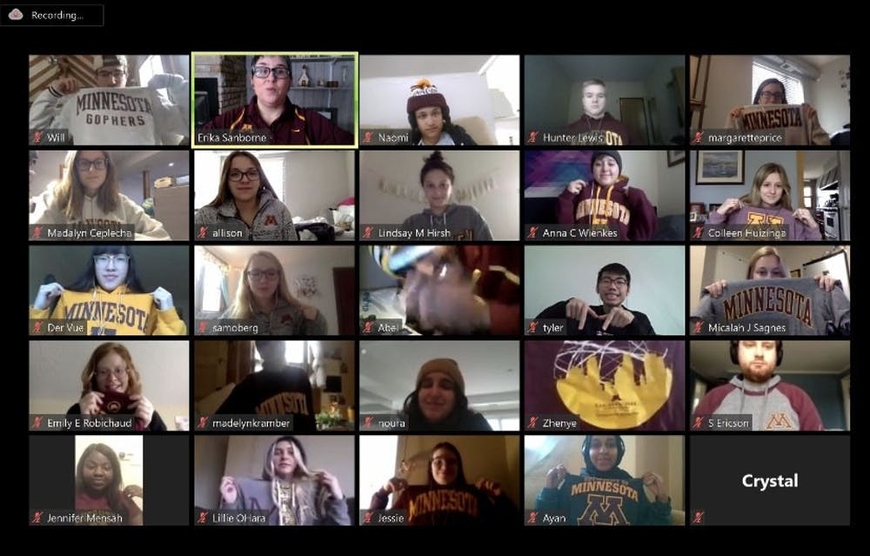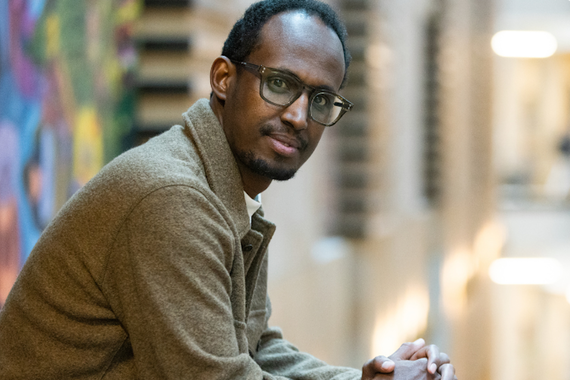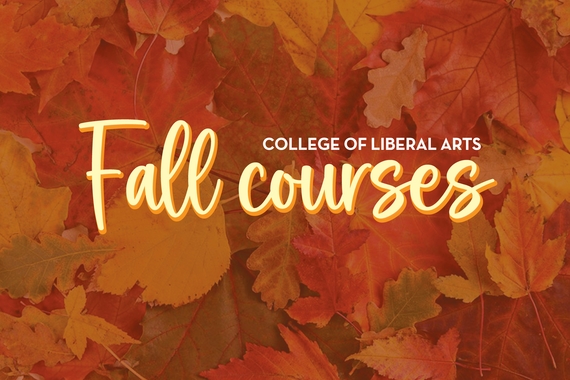CLA Recreates the "Classroom" During COVID-19
Even before the pandemic and the stay-at-home order, CLA’s Liberal Arts Technologies and Innovation Services (LATIS) worked with faculty to create dynamic, enriching online, alternative methods for good student interaction. Therefore, within hours of knowing we were all sheltering in, CLA was transforming the remaining spring semester learning experience onto an on-line learning system. You can gain a glimpse of what that learning looks and feels like in the LATIS Online Development Pilot video.
Faculty’s main concern during the herculean pedagogical change was student outcomes
After making the change in the course Usability and Human Factors in Technical Communication, Professor and Chair of the Department of Writing Studies Lee-Ann Kastman Breuch said, “The students are the heroes here. They did an outstanding job adapting to the virtual space. What amazed me the most is that students were not just adapting to their course in this virtual environment, but they were also conducting research through Zoom sessions and working on their research projects. Amazing! Interestingly, our department had been preparing an online version of this course, and now we have a pathway for what that course will look like based on student experiences in spring 2020.”
"We are actively reaching out to our students to check on their well-being and troubleshoot how they can continue to engage in learning and how our graduate students can conduct their research given the many changes that must be implemented in response to COVID-19," said Department of Psychology Chair Jeffry A. Simpson. “There have been quite a few positive surprises. One has been how well certain people seem to be coping and adjusting during this challenging pandemic. Another is the positive comments that several parents of young children in one of our ongoing studies have made about being able to spend so much high-quality time with their children, despite the stress and challenges of the economy and homeschooling.
"I have been extremely impressed with how our community has come together to develop and implement various solutions. For example, students in our Clinical and Counseling programs will be using telehealth to continue connecting with patients as part of their internships and rotations. With regard to research, faculty and graduate students are working together to brainstorm ways to shift in-person data collection to remote data collection for the time being. In addition, the UMN Internal Review Board is doing rapid reviews, and many labs are finding creative ways to keep research moving forward. We are also shifting from in-person collaborations to remote collaborations without much difficulty."
Professor of English John Watkins echoed the optimistic view shared by most when he said, “I really enjoyed teaching British history and my course in English on Apocalypticism online. Shy students seemed to have an easier time speaking up online than in a crowded lecture hall. The Apocalypse class has always ended with several weeks on pandemics, Black Death through 1918 to the latest zombie novels. You can imagine what it was like this semester. I ended up adding some optional meetings just to talk about the current horror in light of that long history. The thing that hit us all was that awful sense that we have been here before. If you have never read Defoe's Journal of the Plague Year, this summer would be a good time to read it. People ignoring quarantine, constant fear of infection, worries about food supply, constantly changing medical recommendations, you name it.”
Creativity and inspiration never stopped
"I think the arts departments are the most challenging online environment," said Associate Dean for Arts and Humanities Jane Blocker. "It's very difficult to make pottery if you can't spin clay on a wheel, and it's very difficult to create a dance when you're the only body in the room or to do a play with yourself, but the arts departments have been enormously resourceful in this moment. For example, a group of BFA students created something that they called the Quarantine Bake-off in which they solicited short one-act plays from around the world. They thought they might get a few responses. They had 4,000 submissions, and read them, and then performed some things online.
"Some of the music students are performing together in Zoom and other settings. I heard from the chair of the dance department that normally they would do an end-of-semester recital, and they would do it on a stage. They're having to do it at home. They're going out and performing dances in the rain and in the moonlight and producing really beautiful results," she said. "So, while, on the one hand, the arts are challenged in an on-line environment, they also thrive there. The arts are probably the most important source for us to think about the complexities of the moment, that just as we're living in isolation and fear and a sense of sadness, the arts are addressing those things in a really robust and productive and beautiful way. It is ironic that both of those things are happening right now."
More evidence of CLA resilience and creativity is found in the stories by Hubbard School of Journalism & Mass Communication students who had to improvise when it came to their hands-on courses, all administered from a distance. Many students chose to use the assignment as an opportunity to tell stories about COVID-19.
What's next?
And the learning around the pandemic will continue. The University launched a system-wide Pandemic-Related Curriculum for summer 2020 and CLA is heavily represented in the lineup, including courses on The Politics of Pandemics, Economics of COVID-19, The End of the World in Literature and History, Navigating News in the Time of COVID-19, and more. Take a look at the list of offerings. And consider registering as a non-degree-seeking student if you’re inspired to learn more.



